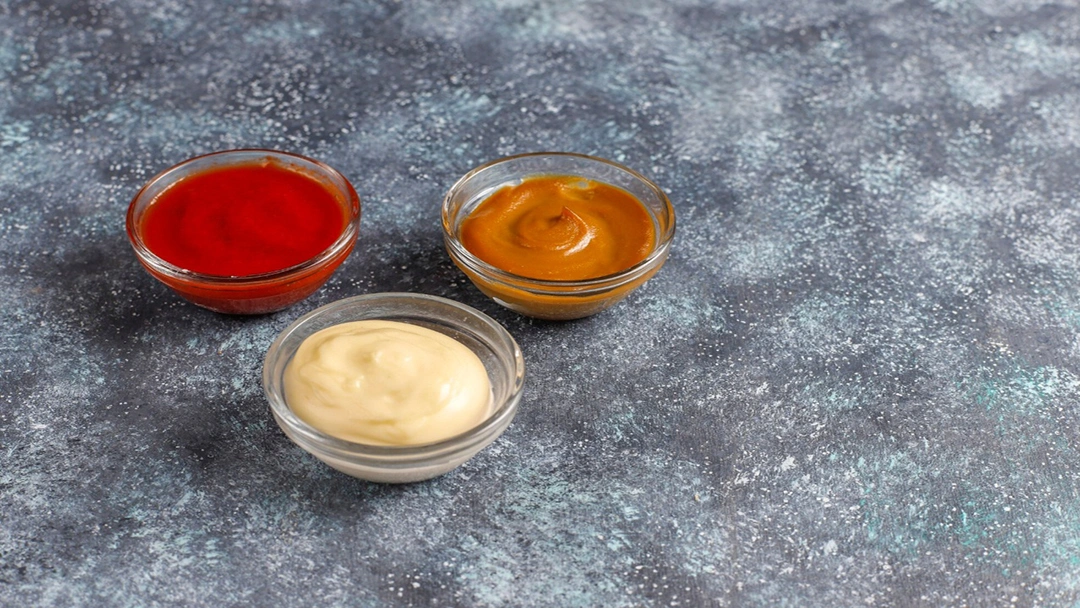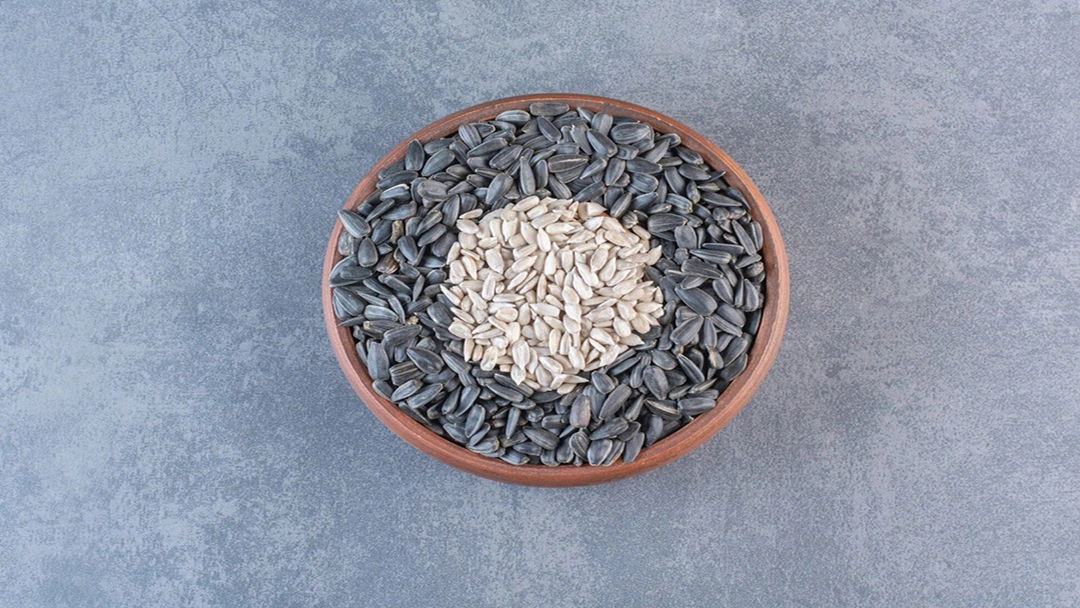Step 3: Consult a Healthcare Professional
You should consult a healthcare provider and undergo the necessary tests to determine your metabolic flexibility, which in turn helps you determine the proper macronutrient ratio and the foods to eat and avoid.
Metabolic flexibility is determined by the performance of metabolic markers, which include blood glucose, blood pressure, HDL cholesterol, waist circumference, and triglycerides.
[cta-meetings]
Step 4: Know What to Eat and Avoid
The foods you can eat and avoid and the daily percentage of fat, protein, and carbohydrates depend on the level of the Primal Diet you start at.
However, in the first two levels, you should generally consume nutrient-dense, low-carbohydrate foods and products rich in healthy fat and protein, such as fatty cuts of meat, animal proteins, oils, and low-carb vegetables, and gradually transition to a low-carb lifestyle.
At the last stage (the Carnivore Diet), your body is ready to minimize carbohydrates to 0-5% to reach the optimal health benefits. To do so, you need to avoid plant-based products and consume nutritious animal-based fat and protein sources.
Learn More: The Primal Diet Food List: Going Shopping for Low-Carb Foods
Step 5: Prepare a Meal Plan
Before starting a level of the Primal Diet, it’s good to design a meal plan based on your health needs and food preferences. But remember that your meal plan can only include the foods allowed at that level.
A detailed meal plan helps you bring variety to your meals and consider nutrient sources in advance. It also enables you to stick to the plan and have a routine.
Step 6: Start with the Low-Carb Diet
If you're coming from a high-carb diet, it's crucial to ease into the Primal Diet, starting with the Low-Carb Diet. This approach helps your body adjust to burning fat instead of carbs, reducing the chances of side effects like fatigue or cravings.
To begin the Low-Carb Diet, you should:
- Reduce Carbohydrate Intake: Start by eliminating processed carbohydrates like bread, pasta, and sugary snacks. Instead, consume whole foods such as vegetables, lean meats, and fats.
- Eat More Healthy Fats: Consume avocados, olive oil, butter, ghee, and fatty cuts of meat. Healthy fats provide enough energy and help you feel full. This feeling of satiety also helps you reduce your caloric intake and boosts weight loss.
- Consume Moderate Protein: Eat enough protein sources to maintain muscle mass, but remember to avoid excess protein as it can cause side effects. Use this Free Macro Calculator to determine how much protein you need. Focus on high-quality sources like grass-fed meats, wild-caught fish, and eggs.
- Eat Plenty of Non-Starchy Vegetables: Spinach, kale, broccoli, and zucchini are low-carb options that provide necessary vitamins and minerals.
[cta-meal-plan]
Step 7: Transition to the Keto Diet
Once you’ve adapted to the Low-Carb Diet, feel comfortable reducing carbs further, and need more health benefits, you can move on to the Keto Diet.
The Keto Diet induces ketosis, a state in which your body switches from burning carbohydrates to burning fat as its main energy source.
To begin the Keto Diet, you need to:
- Reduce Carbohydrates: Lower your carbohydrate intake to around 20 grams per day. You can reach this carb level by reducing or eliminating grains, starchy vegetables, and fruits.
- Increase Healthy Fats: Provide about 70% of your daily calories from fat by consuming bacon, fatty cuts of meat, coconut oil, olive oil, butter, and heavy cream into your diet.
- Track Your Macros: Use a macro-tracking app like GoCarnivore to ensure you balance fats, proteins, and carbohydrates correctly.
- Stay Hydrated: Drink plenty of water and include electrolytes (sodium, potassium, and magnesium) to avoid keto flu, which includes symptoms like headaches, fatigue, nausea, diarrhea, and constipation that can occur when lowering your carbohydrate intake to less than 50 g per day.
Step 8: Progress to the Carnivore Diet
Once you've adapted to the Keto Diet, successfully entered ketosis, and seen ketosis results, you can consider moving to the Carnivore Diet for optimal health effects.
The Carnivore level eliminates all plant-based foods and is focused on consuming only animal-based products.
To start the Carnivore Diet, you need to:
- Eliminate All Carbohydrates: Remove all plant-based foods from your diet, including vegetables, fruits, nuts, and seeds. Your diet should consist solely of animal products like meat, fish, eggs, and dairy (if tolerated).
- Consume Fatty Cuts of Meat: Focus on fatty meats like ribeye steaks, pork belly, lamb chops, and organ meats to gain nutrients and enough energy.
- Consume Adequate Protein: Continue eating moderate protein to maintain muscle mass but avoid overconsumption, which can interfere with ketosis.
- Listen to Your Body: Carnivore is a restrictive elimination diet, so it's important to monitor how your body feels. If you transition into Carnivore smoothly, your body will adapt to the low-carb style, and you’ll enjoy the resulting health benefits.
Learn More: Can I Eat Cheese on Carnivore Diet? The Best & Worst Cheese
[cta-gocarnivore-plans]
Step 9: Transition Gradually
If you are entering the Primal Diet from a high-carb diet, you might face challenges at first. Here are the tips to ease your transition:
- Reduce Carbs Gradually: Instead of cutting carbs overnight, reduce them over the course of a few weeks. Start by eliminating refined sugars and processed carbohydrates.
- Expect Cravings: It’s normal to experience cravings for carbohydrates like sugar, especially in the first week. Reduce cravings by eating healthy fats, which provide satiety and curb hunger.
- Plan Your Meals: Preparation is key. Plan your meals in advance to avoid reaching for high-carb snacks. Focus on meals rich in protein, fats, and low-carb vegetables.
- Manage the Keto Flu: If you experience symptoms like fatigue, headaches, nausea, diarrhea, or constipation, increase your intake of water, salt, and electrolytes. These symptoms usually disappear as your body adapts to burning fat instead of carbohydrates.
- Stay Active: Do regular physical activity. Exercise can help speed up the transition to ketosis and promote fat burning.
Step 10: Maintain Your Diet with Flexibility
Once you’ve reached your desired level of the Primal Diet, whether it’s Low-Carb, Keto, or Carnivore, the key is to maintain it in a way that works for your lifestyle.
Always be open to change and monitor your body’s reactions. There is no one-size-fits-all method and you need to modify your approach based on your needs and goals.
Some people may find the Keto or Carnivore Diets too restrictive and prefer to stay at the Low-Carb level long-term. Others may cycle between levels depending on their goals and how their body feels.
[cta-meetings]
Summary
How to start the Primal Diet is easy. It only requires a gradual transition from high-carb eating to a low-carb, high-fat, and moderate-protein lifestyle.
Begin with the Low-Carb Diet, reducing your carbohydrate intake and increasing healthy fats. As your body adapts, you can progress to the Keto Diet and enter ketosis, and finally to the Carnivore Diet for optimum results.
The key to success is listening to your body, staying hydrated, and being prepared for the adjustment period, especially if you're coming from a high-carb background.
By following these steps and tips, you'll be able to successfully start and maintain the Primal Diet and reach your health and fitness goals.





























